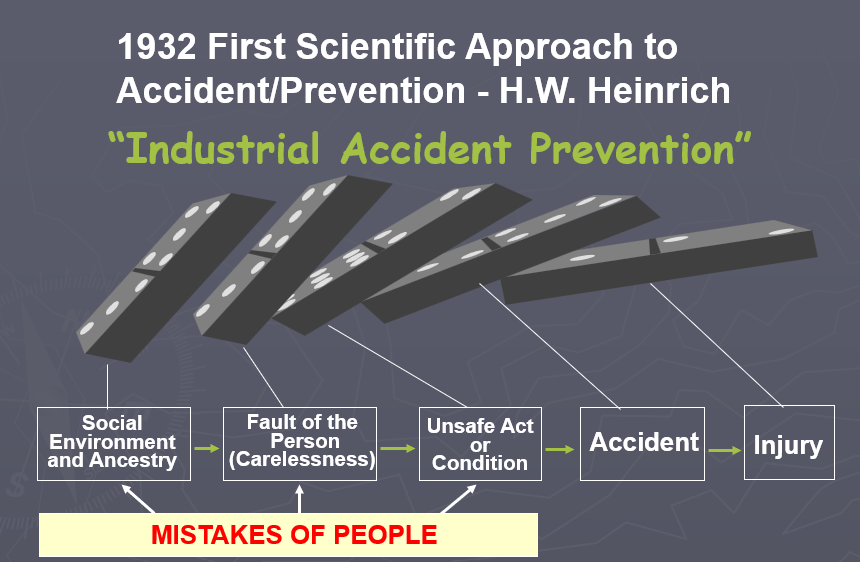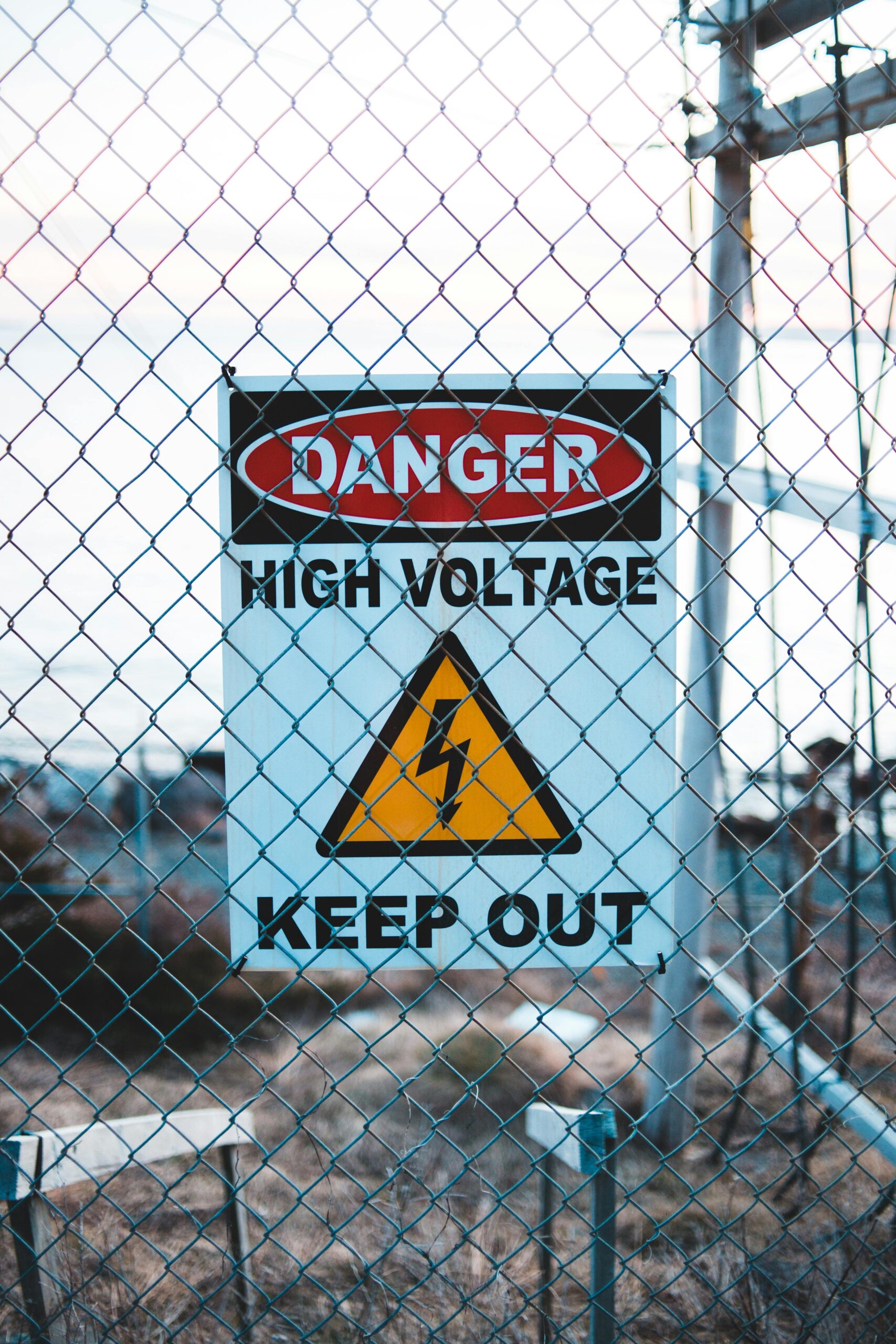
1.The occurrence of an injury invariably results from a completed sequence of factors-the last one of these being the accident itself. The accident in turn is invariably caused or permitted directly by the unsafe act of a person and/or a mechanical or physical hazard.
2. The unsafe acts of persons are responsible for major accidents.
3. The person who suffers a disabling injury caused by unsafe act, in the average case has had over 300 narrow escapes from serious injury as a result of committing the very same unsafe act.
4.The severity of an injury is largely fortuitous-the occurrence of the accident that results in injury is largely preventable.
5. the four basic motives or reasons for the occurrence of unsafe acts provide a guide to the selection of appropriate corrective measures. These are; Improper attitude, Lack of knowledge, Physical unsuitability and Improper mechanical or physical environment.
6.Four basic methods are available for preventing accidents. These are engineering revision, Persuasion and appeal, Personal adjustment and Discipline.
7.Methods of most value in accident prevention are analogous with the methods required for the control of quality, cost and quantity of production.
8.Management has the best opportunity and ability to initiate the work of prevention; therefore it should assume the responsibility.
9.The supervisor or foreman is the key man in individual accident prevention. His application of the art of supervision for the control of work performance is the factor of greatest influence in successful accident prevention.
10.The humanitarian incentive for preventing accidental injury is supplemented by two powerful economic factors: (1) the safe establishment is efficiently productive and the unsafe establishment is inefficient (2) the direct employer’s cost of industrial injuries for compensation claims and for medical treatment is about one-fifth of the total cost which the employer must pay.


